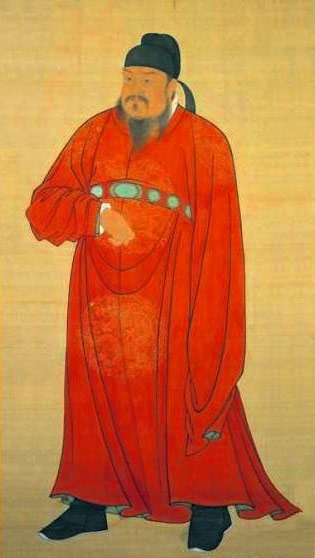 The Tang Dynasty in China was an imperial dynasty of China from 618-907. It was an era when art, culture and economy were highly developed and thriving.
The Tang Dynasty in China was an imperial dynasty of China from 618-907. It was an era when art, culture and economy were highly developed and thriving.
The features of Tang Dynasty clothing were unique and natural which exhibited the exquisiteness and poise of the people. The materials used for garments were stylish, refined and beautiful and the ornamentations were fabulous. The frequent contacts with the western world had an influence on the dressing customs of the minor groups in the Tang period. This gave way to a newly remarkable and romantic type of fashion in clothes and ornaments.
Garments made from silk, wool and linen were common though the existing laws specified the kind of clothes and jewels appropriate for each social class. The poor people made clothes with animal furs. Rough clothing was attributable to people from the lower orders.
The color of the clothing also indicated rank. Purple colored clothes were used by officials above the third grade; light red were meant for officials above the fifth grade; dark green was limited to the sixth grade and above officials; light green was solely for officials above the seventh grade; dark cyan was exclusive for officials above the eighth grade; light cyan garments adorned officials above the ninth grade. The common people and all those who did not reside in the palace were allowed to wear yellow colored clothes.
Apart from the color constraints, all those who were subordinate to the first rank officials had to wear a sword or knife while officials and generals of third rank could be recognized as they had to wear jade belts, the fourth and fifth rank were identified by their gold belts whereas, the sixth and seventh rank officials were distinguished by the silver belts. In contrast, the common people were allowed to wear a tiny bronze or iron knife.
It was considered a style for the ladies to be dressed in Hufu, which was the outfit of those who resided in the western regions. The gowns were low cut with high waist-band. The common garments of the ladies comprised of short shirts or jackets with half sleeves and long skirts; or loose sleeved shirts with long skirts and shawls.
Hair during this era was fashioned to cover up the temples as well as outline the face. It was also coiled in a bun and were referred to as “cloud bun,” “gazing-gods bun,” “flower bun” etc. It enabled them to put bamboo hats on their heads.